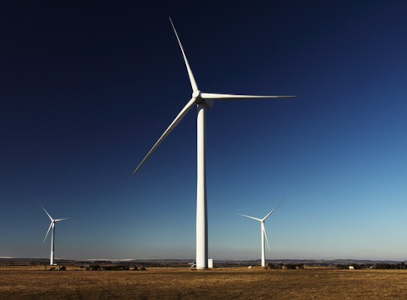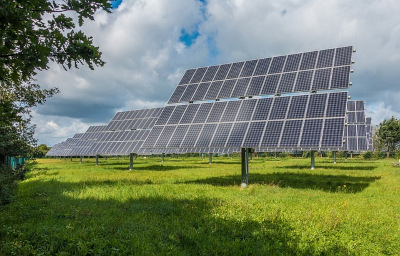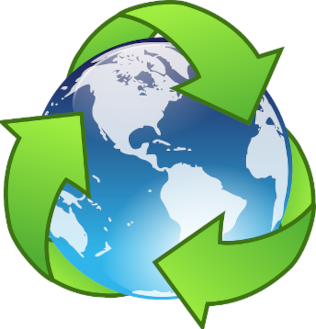Creating energy is one of the most current and important issues regarding climate change. Fossil fuels are our biggest modern enemy and finding alternatives is taking us many years and a lot of research. Despite this, there are types of renewable energy that I will present to you in the following article.

What is renewable energy?
Renewable energy means that the energy comes from natural resources that can be renewed. While renewable and sustainable energy is produced at a faster rate than it is consumed, it doesn’t exploit our resources like fossil fuels do. These sources, like coal, gas or oil, take thousands of years to form underneath the earth’s surface and our usage will lead to exhaustion of them. Additionally, burning fossil fuels emits greenhouse gases, like carbon dioxide, which actively speed up climate change. Green energy, on the other hand, creates far less emissions and is more environmentally friendly overall.
Different types

- Solar Power
The energy from the sun can be used with the help of solar or photovoltaic cells which transform sunlight into electricity. You might be familiar with panels on rooftops or bigger farms on fields and currently, we are using that energy for heating houses and water and for charging devices. - Wind Power
You have probably seen wind turbines before which work just like windmills used to. The wind turns the blades which then power a generator and produces electricity. Wind turbines can be found on land, in windier places like fields or on hills, and in offshore wind farms on the ocean. - Hydroelectric Power
Hydroelectric power works in the same way as wind turbines, just that instead of wind, water moves the blades. The power of fast-moving water creates movement in the blades which then gets transformed into energy. The issue with hydroelectric power is that big dams are being built which create the fast movement of water. These can have a negative impact on local animals or humans in regions with limited water resources. - Biomass Energy
Energy from biomass is created by burning organic material such as waste from crops, trees or agriculture. The heat then powers a steam turbine which again creates electricity. Often, biomass energy is sadly not clean energy since burning wood can produce more greenhouse gases than fossil fuels. That is why it’s important to pay attention to the right circumstances, in which it is in fact sustainable. - Geothermal
In the centre of the Earth, there is heat created steadily by the decay of radioactive particles. This heat is being brought to the surface in the form of hot water which can then be used to turn turbines, as in wind and hydroelectric power. - Tidal Power
Tidal power functions in a similar way to hydroelectric power, with the difference that it makes use of the power of the tides. The water streams through the dams with every tide and ebb turns the blades of the turbine and creates energy. Since the force of the moon on the water is very reliable, it presents itself as a sustainable energy source.

I hope you learned something new about our current scientific progress in renewable energy and thought it was interesting!
Sources:
https://www.un.org/en/climatechange/what-is-renewable-energy#:~:text=Renewable%20energy%20is%20energy%20derived,plentiful%20and%20all%20around%20us.
https://www.twi-global.com/technical-knowledge/faqs/renewable-energy#TypesofRenewableEnergy
https://energy.ec.europa.eu/topics/renewable-energy/bioenergy/biomass_en

